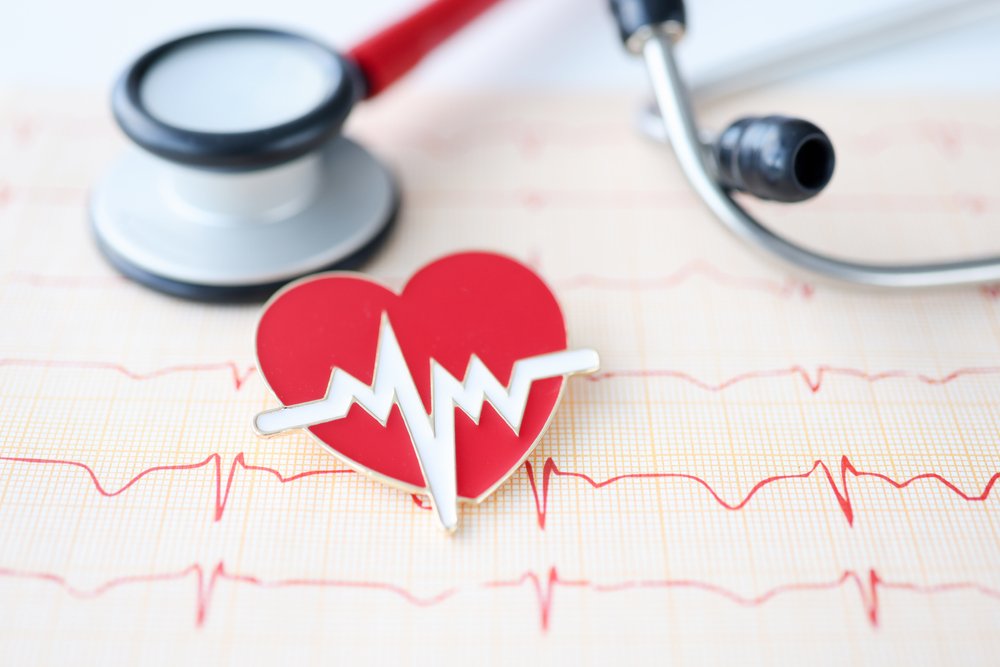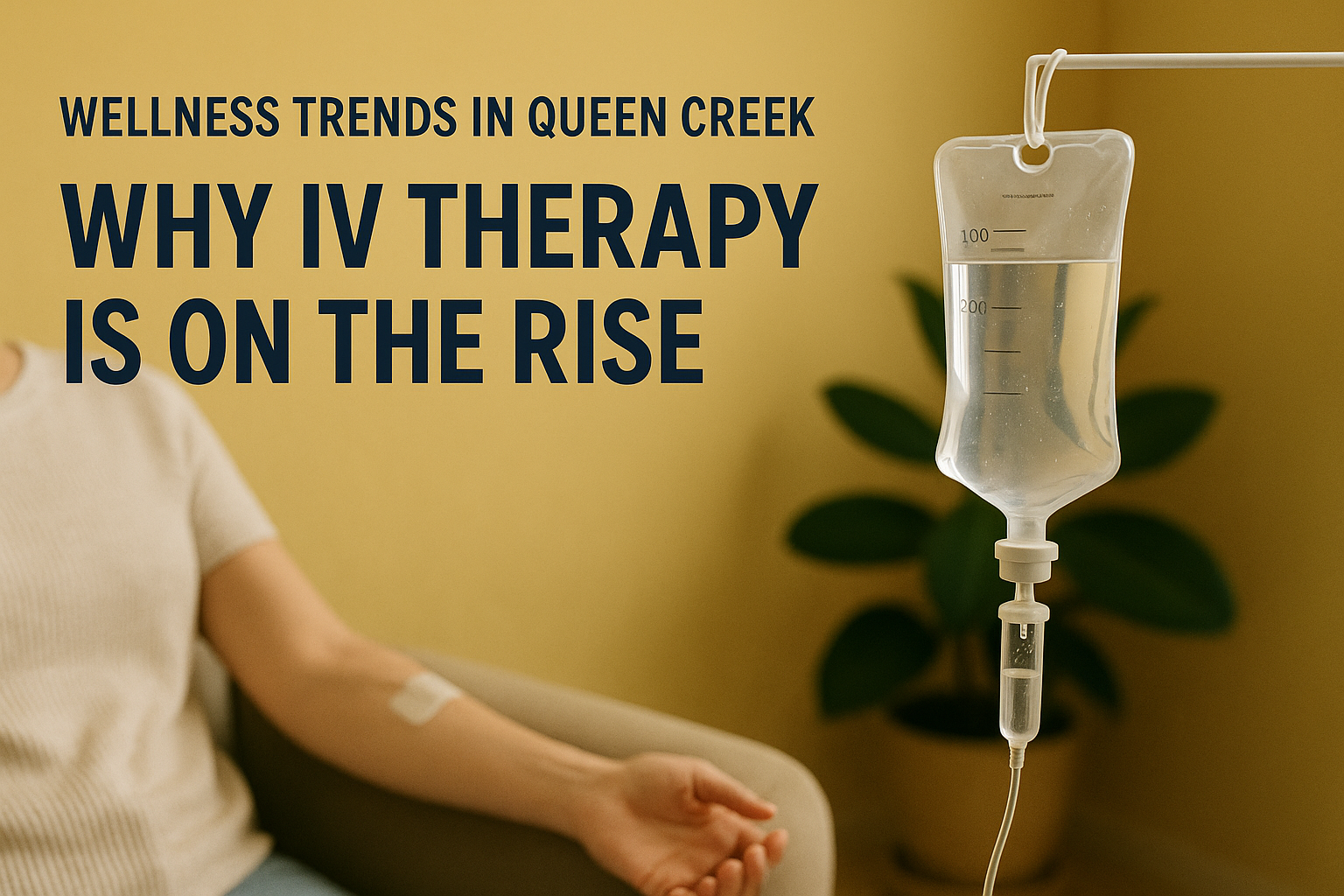Intravenous therapy is a very popular method in modern medicine. It is the administration of nutrients, medicines, and fluids directly into the bloodstream for quick absorption. In the past, people could receive IV therapy only in hospitals. Now they can get IV treatments from the comfort of their homes. However, like any other treatment, there are both IV therapy pros and cons.
Keep reading to learn everything about IV therapy’s advantages and disadvantages.

Source: shutterstock.com / Photo Contributor: nampix
IV Therapy Pros and Cons
IV therapy may have many benefits. After all, it may offer:
Fast and effective absorption
Customized treatments
Precise control
Nutritional support
Fluid replacement
Medication administration
Increased cellular healing rates
Increased energy levels
Improved mental health
Help with conditions like asthma, aging, allergies, Parkinson’s disease, etc.
Skin benefits
Improved circulation and cardiovascular health
Faster weight loss
But, IV therapy has side effects. Although rare, these negatives worth mentioning may be:
Blown vein
Complications like infiltration, extravasation, embolism, thrombophlebitis, fluid overload
Allergic reactions
Complications caused by certain medications
Infection
Vitamin overdose
Advantages of IV Therapy
Let’s see what are the positives and potential benefits of using IV therapy.
Fast and effective absorption
IV therapy directly delivers fluids, medications, and nutrients to the bloodstream. This ensures faster and more efficient absorption compared to oral supplements or medications.
In emergencies, IV therapy enables healthcare professionals to quickly give patients blood products, fluids, or medications. Sometimes, this is life-saving.
Customized treatments
IV therapy allows tailored treatments. Healthcare professionals can adjust the dosage and composition to meet everyone’s needs. For example, IV packages for hangover relief are different from those for sickness recovery.
IV therapy for pregnancy
It is very common for a pregnant woman to experience morning sickness, dehydration, or fatigue. Customized pregnancy IV treatments are beneficial for pregnant women in many ways. Most importantly, due to the substances in the pregnancy IV cocktails, women may continue with their lifestyle and work without feeling nauseous or tired.
These IV cocktails are made from vitamins B, D, A, and C, folate, calcium, iodine, choline, zinc, pyridoxine, electrolytes, normal saline, and Zofran – all safe during pregnancy.
Pregnant women may highly benefit from a pregnancy IV cocktail. They can relax and get the infusion which should help against nausea and vomiting, vitamin deficiency, fatigue, and dehydration.
IV therapy for migraine
Migraine is not just a simple headache. It is also followed by light and sound sensitivity, nausea, fatigue, and irritation. Since the severe migraine pain lasts for hours or days, your daily activities might be interrupted. Thus, regular use of IV therapy for migraine may help reduce the pain and prevent future attacks.
Migraine therapy varies based on a person’s needs. Migraines can also cause dehydration. Vitamins B and C, magnesium, toradol, and Zofran may benefit migraine.
People prone to migraines can find these IV treatments helpful. They may feel the effects shortly after the infusion, which might last for weeks.
IV therapy for cold and flu
While there are hundreds of different medications for cold and flu on the market, recovery takes time. Luckily, among the customized treatments, you can find an infusion therapy that may help strengthen your immune system and prevent dehydration.
The vitamins fighting the flu are B complex, vitamin C, magnesium, electrolytes, and antiemetics. The physician will decide the dosage and combination of ingredients based on your health. What is important is that you may eventually feel better after the treatment.
IV therapy for arthritis
Arthritis causes joint pain, leading to reduced mobility and discomfort. IV therapy for arthritis is not commonly used. Yet, many people who have arthritis find this therapy their preferred solution.
There are different tailored arthritis treatments based on the person’s needs. Among the IV cocktails are vitamin B therapy, magnesium therapy, antioxidant therapy, taurine therapy, and ozone therapy.
Additional benefits of these IVs are their potentially fast and strong effect against this disease.

Source: shutterstock.com / Photo Contributor: namtipStudio
IV therapy for athletes
Professional athletes widely use IV treatments. The reason for this is that IV therapy provides them with quick recovery from strenuous training and games.
After exercising, muscles are inflamed and torn. This leads to weakness and soreness of the muscles. IV treatments should allow muscles to recover fast through fluid replenishment, detox, and anti-inflammation medications.
Muscles recover on their own, but it takes time. Schedules pressure professional athletes. So they find IV therapy helpful.
Precise control
IV therapy provides precise control over the delivery of medications and fluids. The infusion can be adjusted based on the patient’s condition and the doctor’s goals.
Nutritional support
Intravenous administration of nutrients benefits individuals unable to eat or absorb nutrients orally. Supplements received intravenously are immediately available for your body.
Fluid replacement
IV therapy is mainly used for dehydration or blood loss. It may quickly restore fluids and maintain their balance.
Medication administration
People requiring specific pain management therapy might benefit from IV therapy because it has fast effects. IV therapy bypasses the digestive system. This eliminates the risk of gastrointestinal side effects and delayed absorption.
Increased cellular healing rates
IV therapy should increase the levels of nutrients much more than taking them orally. So, the IV treatment allows cells to receive nutrients and recover their function.
Increased energy levels
Modern life is so dynamic that everyone needs an energy boost. While caffeine gives short-term energy, IV energy boost may last longer. IV treatment is made to increase energy and enhance vitality.
Improved mental health
Regular IV therapy might reduce anxiety symptoms. Although this needs further research, the cocktails for anxiety relief include B and C vitamins, magnesium, taurine, and zinc which are beneficial for the nervous system.
May help with certain medical conditions
Asthma
IV therapy may offer hydration and replenishment of essential nutrients like vitamin C and magnesium. This is good for respiratory health and reduces inflammation. Yet, physicians choose the appropriate treatment for each individual.
Aging
IV therapy contains antioxidants, vitamins, and minerals. That is why it may work against oxidative stress, which leads to aging. Nutrients improve the body’s defense mechanisms and energy levels. Moreover, they promote skin health. All these features may slow down the aging process.
Parkinson’s disease
This area needs further research. Yet, it is known that specific IV therapies might be beneficial for managing Parkinson’s disease symptoms. Glutathione play a role in cellular energy production and brain cell protection.
Allergies
Usually, people who have allergies receive anti-inflammatory medications, vitamins, and minerals. This has an effect on the body’s immune response. Yet, remember that every organism is different, and results may vary from person to person.
Skin benefits
IV therapy may improve skin tone
IV drip benefits for skin are impressive. It may help the skin regulate its clarity, tone, and texture. If you want to enjoy skin benefits, you may need a drip with vitamin C. This vitamin is a powerful antioxidant that should make your skin tone lighter, softer, and smoother.
The human body can not produce enough vitamin C on its own, so many try to meet their daily vitamin C requirements through food. But, some may require an additional vitamin IV drip because they cannot meet the daily requirements through food alone.
May fight specific skin conditions
Another advantage of IV drip is that it may fight against skin conditions like eczema, psoriasis, and acne. IV drip decreases free radicals and tissue degeneration.
Since IV drips can be tailored, you can make a personalized drip with substances that stimulate collagen production. Collagen makes the skin look younger and healthier.
May help with aging
This is a well-known anti-aging substance that, besides being beneficial for your skin, may help detox your body from toxins and provide you with energy.
Should fight tiredness
A B12 vitamin may regulate your sleep and help you get rid of puffy eyes.
Stress and lack of nutritious meals can lead to B12 deficiency. The symptoms are tiredness, a weak immune system, and low red blood cells.
B12 infusions are popular, especially among athletes and vegans.
May hydrate the skin
People who do not drink enough water and drink at least two coffees a day dehydrate their skin. If you are one of those people, remember that creams and moisturizers are short-term solutions. Hydration comes from the inside. Thus, IV infusions with electrolytes and saline might make your skin glow for days.
Improved circulation and cardiovascular health
IV therapy may improve cardiovascular health by improving circulation. IV therapy delivers nutrients directly into the bloodstream. This may enhance blood flow, including the heart and blood vessels. Improved circulation reduces the chances of heart attack and stroke.
IV therapy may also help in lowering blood pressure. Remember that this is another important factor for maintaining your cardiovascular health.
IV therapy may reduce inflammation. This, too, is relevant for maintaining cardiovascular health. IV therapy delivers antioxidants and anti-inflammatory agents directly into the bloodstream. This may reduce inflammation and improve heart health.
Finally, IV therapy may support the production of nitric oxide. This is a molecule for cardiovascular health. It should expand blood vessels, improve blood flow, and prevent blood clot formation.

Source: shutterstock.com / Photo Contributor: megaflopp
Faster weight loss
IV therapy may promote faster weight loss. This happens because it provides the body with essential nutrients that might be lacking. People following low-calorie diets or exercising intensively may face a lack of vitamins, minerals, and antioxidants.
IV therapy supports the body’s metabolism by delivering nutrients and energy. Enough nutrients may help improve the body’s ability to burn calories, leading to faster weight loss.
Disadvantages of IV Therapy
Let’s explain in detail the drawbacks or possible complications of IV therapy.
Vein damage
Repeated use of IV therapy may damage veins, especially if veins are small or fragile. Moreover, constant insertion of needles can lead to scarring or vein blockage. Finding a site for future IV treatment may be difficult for healthcare professionals. This can also cause discomfort for patients.
Complications
Infiltration
IV infiltration is a common side-effect of IV therapy. Infiltration may occur with many antibiotics, dextrose, and even normal saline. If left untreated, it may lead to pain, swelling, compartment syndrome, and more serious complications.
Extravasation
Extravasation happens when the leaked solution is a vesicant drug. This may cause tissue blistering or severe tissue damage. This may lead to serious consequences, like losing the function of the extremity or tissue death (necrosis).
Embolism
One of the potential complications of IV therapy is air embolism. This happens when air enters the bloodstream, forming a blockage of the blood vessels. Air bubbles in the bloodstream can interrupt normal blood flow. This may lead to serious complications.
Causes of embolism in IV therapy might be accidental disconnection of IV tubing, faulty equipment, fast changes in pressure, or improper priming.
Thrombophlebitis
Thrombophlebitis is inflammation of the vein below the skin surface. It is a result of a blood clot. Some symptoms are pain or tenderness along the vein. Superficial thrombophlebitis lasts for two to six weeks.
Fluid overload
Fluid overload happens when the body accumulates more fluids than it can process or eliminate. Symptoms of fluid overload are headache, swelling, shortness of breath, and high blood pressure. Healthcare professionals can resolve this quickly by adjusting fluid levels. Yet, sometimes it can become dangerous.
Allergic reactions
Patients might be allergic to the received substances, like certain medications or fluids. This may lead to hives, itching, difficulty breathing, or even anaphylaxis.

Source: shutterstock.com / Photo Contributor: PBXStudio
Complications caused by certain medications
These side effects are rare and occur mainly with chemotherapy drugs. Complications can lead to low immunity and an increased risk of infections.
Infection
IV therapy carries a potential risk of infection. The procedure involves inserting a needle into one’s vein. So, there is a possibility of affecting the bloodstream with bacteria. This may lead to mild or serious bloodstream infections.
Vitamin overdose
High concentrations of specific vitamins in the body may lead to health issues. The most common symptoms are headaches and dizziness.
Frequently Asked Questions
What is the success rate of IV?
First attempt IV cannulation success rate by anesthesiologists is 50.9–79.7%.
How long do IV therapy results last?
IV fluids remain in the body for a few hours. Yet, nutrients, minerals, and medications might stay in your organism for days, weeks, and sometimes months.
Conclusion
As you can see, there are IV therapy pros and cons, as with any other treatment. Yet, the most relevant advantages and potential benefits are rapid absorption and effect, precise dosing, fluid replenishment, nutritional support, increased energy, and immune boost.
This medical technique comes with many uses and positive aspects. But, it also has its disadvantages. The most common ones are the risk of infection, blown veins, and infection.
Healthcare professionals examine your medical history or allergies, then prepare and administer certain IV treatments. It’s an important process to ensure your safety and well-being.




